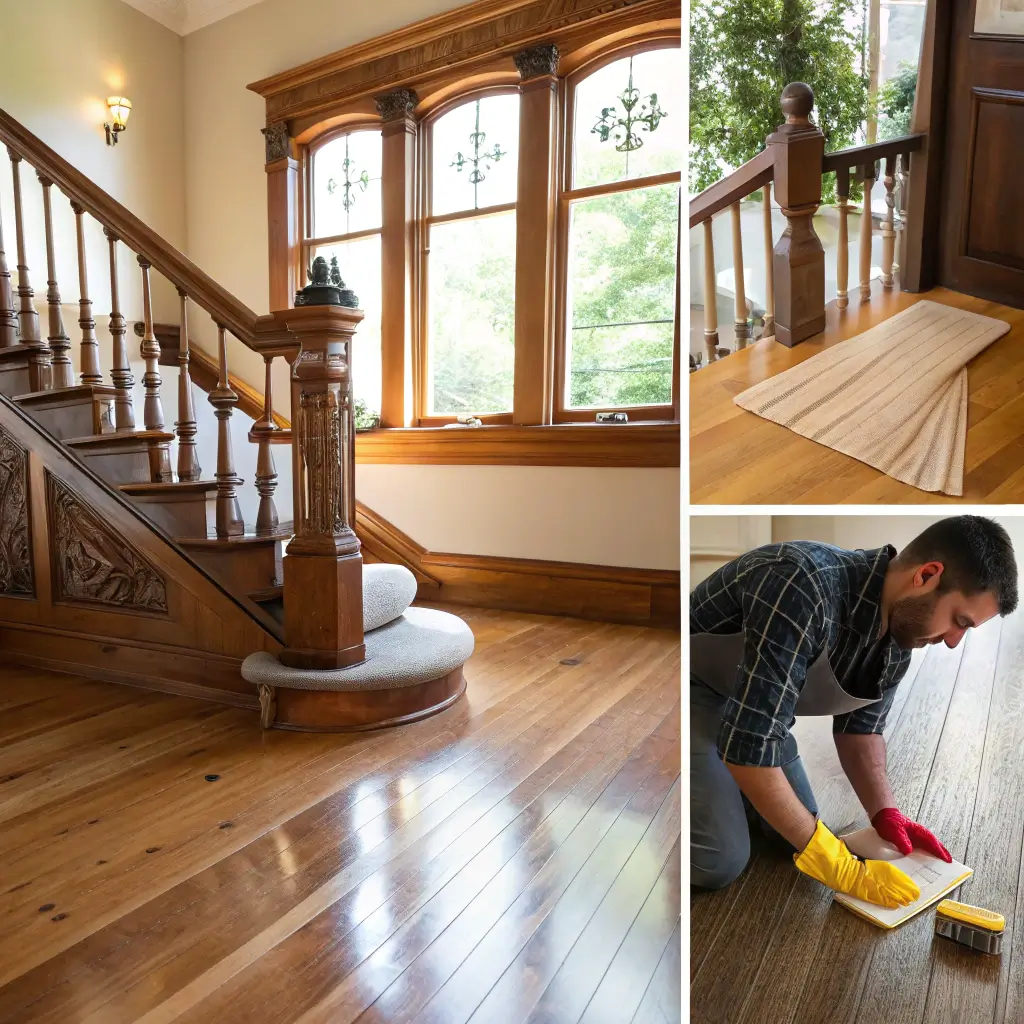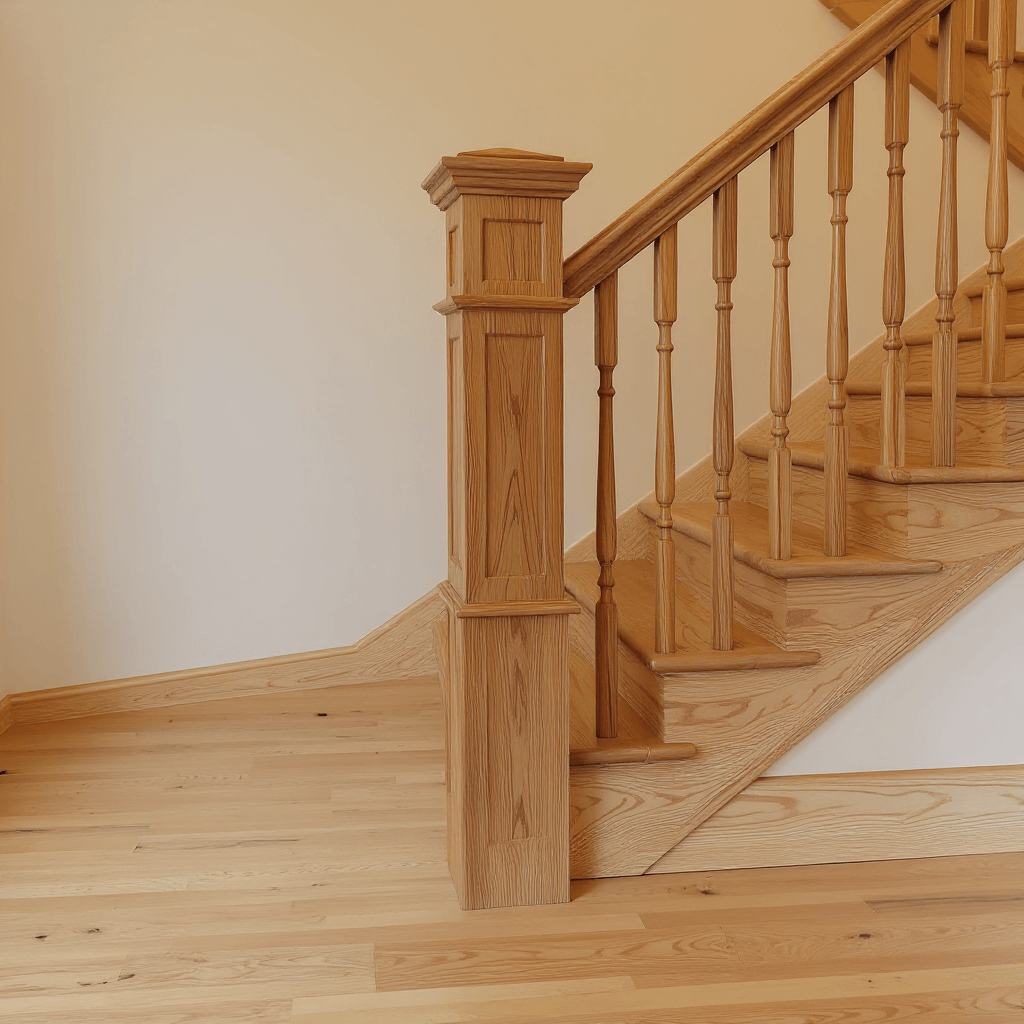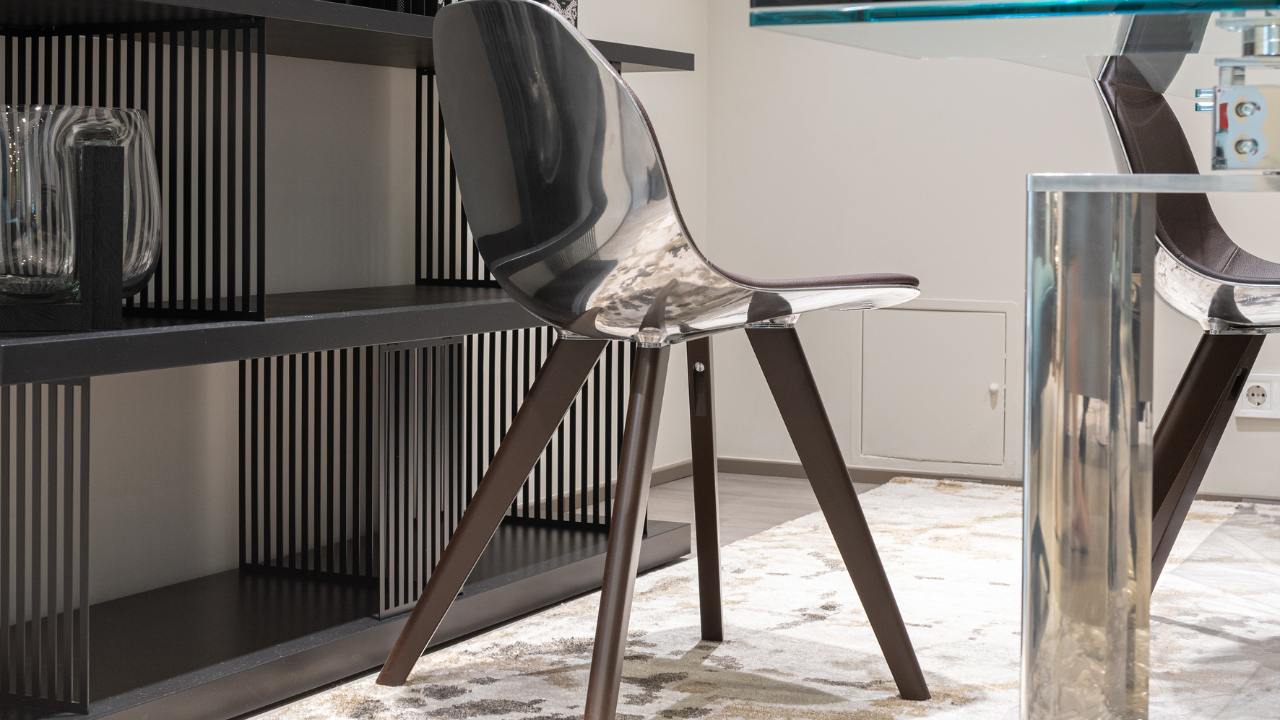Wooden installations have long been a staple in home design, offering a timeless elegance that blends both tradition and modernity. From rustic oak floors to intricately carved banisters, wood adds warmth and character to any space. However, as resilient as wood may seem, it demands diligent care and maintenance to preserve its natural beauty and functionality. In today’s fast-paced world, where aesthetics and longevity intertwine, caring for your wooden installations is not just a chore but an art form.
Understanding the nuances of wood care is crucial, especially as climate change and environmental concerns rise to the forefront. Whether you’re a novice or a seasoned homeowner, mastering these techniques can significantly enhance the life and appeal of your wooden elements. In this article, we delve deep into practical approaches, expert insights, and modern methods to ensure your wooden investments remain as captivating as the day they were installed.
Understanding Your Wood Type
Before diving into maintenance routines, it’s crucial to recognize the type of wood gracing your interiors. Different woods come with varied properties—some are durable and hard, like oak and cherry, while others, such as pine, are softer and more prone to wear. Understanding the characteristics of your wood type will guide you in choosing the right cleaning products and care techniques.
Hardwoods vs. Softwoods
Hardwoods like mahogany and walnut are typically denser and less susceptible to scratches. They can handle more intensive cleaning methods and are ideal for high-traffic areas like hallways and kitchens. On the other hand, softwoods, while offering a cozy aesthetic, require gentler approaches to avoid damage.

Finishes Matter
The wood’s finish also plays a pivotal role in maintenance. Unfinished wood requires more frequent attention as it lacks the protective layer that varnished or sealed surfaces have. A simple drop of water test can help you identify your finish. If the water beads up, your wood likely has a protective coating. Conversely, if it absorbs, the wood is untreated and needs extra care.
Seasonal Sensibilities
Wood is a living material that expands and contracts with temperature fluctuations. During humid summers, wood swells, while in dry winters, it contracts. This natural movement can affect joints, leading to creaky floors or gaps in installations. Monitoring indoor humidity levels and using humidifiers can help mitigate these seasonal effects.
Equipped with this foundational knowledge, you’re ready to embark on a journey of effective wood care that aligns with the unique attributes of your home’s installations.
Routine Maintenance: A Ritual of Care
Routine maintenance is intrinsic to preserving the allure of your wooden installations. Establishing a regular cleaning schedule not only prevents damage but also accentuates the wood’s natural luster. This section outlines a comprehensive routine that ensures your wooden elements remain stunning for years to come.
Dusting and Cleaning
Dusting may seem trivial, yet it’s pivotal in wood care. Dust particles can settle into grooves, leading to scratches over time. Use a microfiber cloth or a soft-bristle brush to remove surface particles gently. Avoid using feather dusters, which may inadvertently scratch the surface.
For deeper cleaning, a mixture of mild soap and water is recommended. Ensure that the cloth is damp, not soaking, and always dry the surface immediately after cleaning to prevent water stains.
Polishing for Brilliance
Polishing should be a monthly ritual. Opt for a high-quality wood polish that enhances grain patterns without leaving a greasy residue. Apply the polish with a soft cloth, moving in the direction of the wood grain for best results. Avoid over-polishing, which can lead to a sticky buildup.
Preservation through Protection
To protect your installations from scratches and dents, consider adding felt pads to the bottom of furniture, especially in dining areas where chairs are frequently moved. Rugs and runners in high-traffic zones can also prevent unnecessary wear.

Routine care is more than a task; it’s a celebration of your home’s craftsmanship. In the next section, we’ll explore techniques for addressing deeper damages and restoring wood to its former glory.
Reviving Worn Wooden Surfaces
Despite our best efforts, wooden surfaces can suffer from the wear and tear of daily life. Whether it’s a stubborn scratch or a dull patch, restoring these surfaces requires patience and precision. If you’re unsure about the best restoration approach, consulting a professional in fine wood craftsmanship like Ebénisterie Noircler can ensure long-lasting and aesthetic results.
Eco-Friendly Choices
Opt for eco-friendly cleaning products that protect not only your wood but also the environment. These products are free from harsh chemicals, ensuring that your maintenance routine aligns with sustainable practices.
By embracing these preventive measures, you safeguard your wooden installations, ensuring they remain a cherished aspect of your home for generations.
Wood has a story to tell—a tale of nature’s resilience, beauty, and adaptability. By maintaining and caring for your wooden installations with dedication and knowledge, you extend this legacy, allowing future generations to experience the charm and elegance of wood in their homes.
Incorporating modern techniques with time-tested wisdom ensures that your wooden elements continue to shine, offering warmth and character to your living spaces. May your journey in wood care be as enriching and timeless as the material itself.

